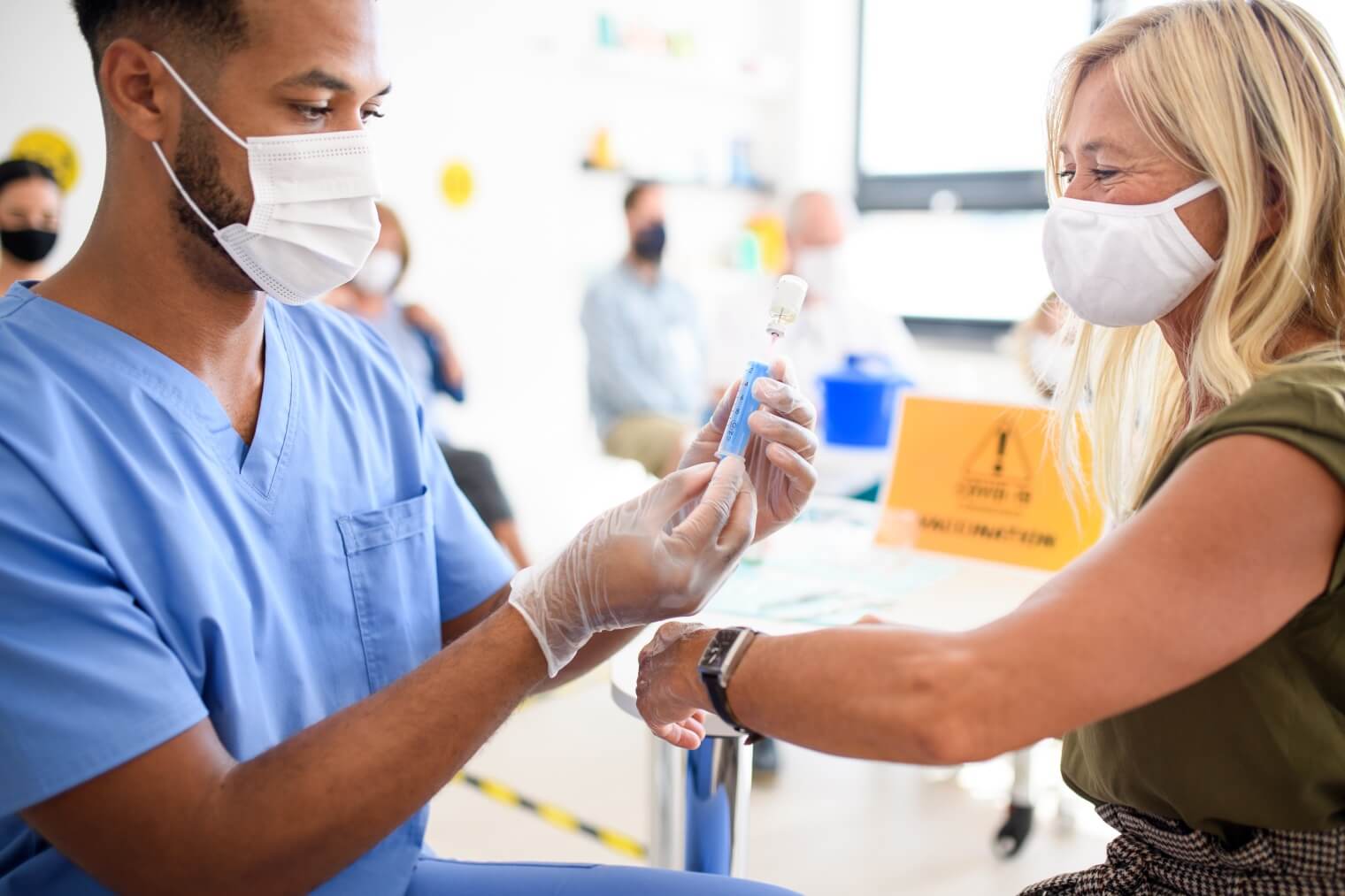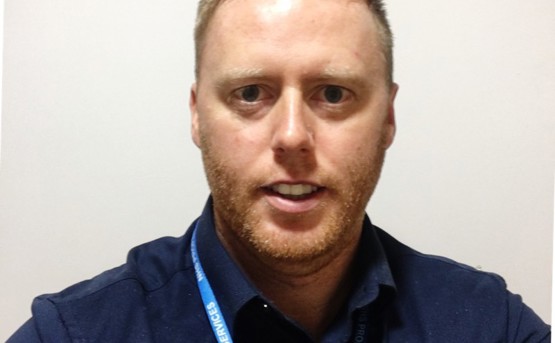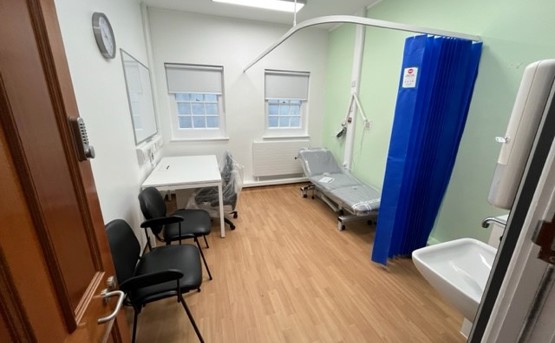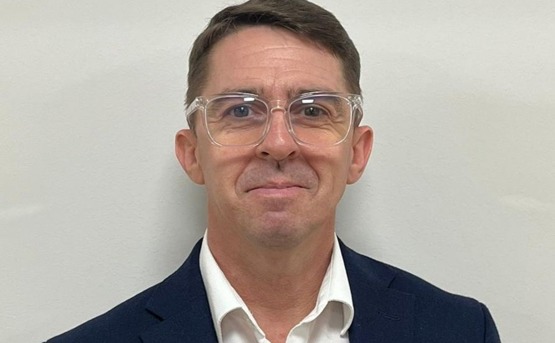
Published date: 09 August 2021
Adapting the NHS estate to manage COVID-19
Repurposing the NHS estate during the pandemic shows the value of accurate data about space use – and can inform future service provision. We speak to RICS on NHS Property Services' approach.
Author
This article was originally published in the RICS Property Journal, you can read it here.
Throughout the various stages of the pandemic, there has been an unrelenting and urgent demand for clinical space of different kinds.
During this difficult time, NHS Property Services (NHSPS) has been working closely with the NHS to help meet demand, whether by rapidly restructuring current buildings to protect patients and NHS staff from COVID-19, converting occupied sites into vaccination hubs, or recommissioning vacant or underused space to create additional capacity for beds, testing and vaccination.
Reconfiguring clinical space
NHSPS is a government-owned body that exists to help the NHS get the most from its estate, ensuring that it is consistently fit for purpose so healthcare professionals can provide excellent patient care. Comprising more than 3,000 properties including hospitals, GP surgeries, health centres and clinics, our portfolio is one of the largest in the UK.
As owners of around 10% of the NHS estate, we at NHSPS have collaborated with all those involved at a local level, including the integrated care systems (ICSs) – which coordinate services across traditional divisions between hospitals and GPs or physical and mental healthcare – and the NHS England (NHSE) Primary Care Estates team, to transform space rapidly across our estate.
For example, at a community hospital in Devon, we were charged with identifying and opening additional space to support the vaccination roll-out in less than two weeks. This meant quickly assembling our project team as well as a network of external contractors to repurpose former ward space for use as a clinic for three local GP surgeries.
Working with the local primary care network, the NHSE Primary Care Estates team and clinical commissioning group, our COVID-19 reaction taskforce and facilities management (FM) team installed LED lighting upgrades, replaced carpets with vinyl flooring in clinical areas, completed multiple deep cleans, and even put up a marquee to shelter patients awaiting vaccination.
It is vital that urgent demands for space such as these are met swiftly. By having a sound knowledge of our buildings and collaborating with the NHS, local health systems and the NHSE Primary Care Estates team to share knowledge and pool skills, we can make the most effective use of space.
Space strategy
In early March last year, we launched a bed recommissioning strategy after a meeting with national NHS estates leaders. As the severity of the pandemic became clear and case numbers in England began to rise, so did the demand for additional hospital beds.
We saw an opportunity to reconfigure the vacant space available in some of our properties to help the NHS cope with the increased number of hospital admissions. The vacant spaces included a range of clinical rooms and buildings, from closed wards to vacant rooms in GP surgeries.
Around two weeks after identifying any space that could be reconfigured and completing work to ready this for NHS patient and staff use, we were able to make our first offer of extra bed capacity to local providers at Brentwood Community Hospital in Essex.
The number of beds we have made available to the NHS during the pandemic has now risen to more than 1,700. As elective health services resume and the patient backlog is addressed, we will keep on working with local providers to ensure the repurposed space can continue to provide beds for patients who need them, and that these reconfigured spaces are maintained so they can be used even beyond the pandemic.
While freeing up space for beds has been a key part of our response to the pandemic, we have also dealt with hundreds of requests to adapt primary care facilities. These requests ranged from increased cleaning of premises to small-scale building works, and included setting up one of the UK's first COVID hot sites at Arrowe Park Hospital on Merseyside. So-called hot sites or hot hubs provide a place for GPs to see patients with coronavirus symptoms face to face, while cold sites are for non-COVID-19 patients.
Throughout the pandemic, our COVID-19 reaction taskforce and FM team, who work across our estate, ensured that sites such as this were deep-cleaned seven days a week to prevent the spread of infection.
By ensuring collaboration not only within NHSPS but also across the wider NHS through our business continuity planning and COVID taskforce, we have been able to combine expertise and efforts from across all directorates to help adapt the healthcare estate during the pandemic. This has ultimately changed our ways of working for the better, and this can now be applied to other initiatives in future.
Data and asset adaptation
In order to identify vacant space swiftly across the estate, understanding the data we have available is essential – and the pandemic has emphasised the need for accurate data in the health service like never before.
When optimising the NHS estate, one of the main challenges is knowing that estate and how it is being used. It is therefore vital that organisations are aware of which parts are mostly occupied, which partially occupied, and which empty.
This information can be gathered in a variety of ways. One easy method is looking to the people on the ground, which we did effectively through a campaign encouraging our FM teams and staff visitors to report how spaces in our properties were being used.
Through better management and interpretation of our data, we can identify underused or empty space. This can provide us with invaluable information about a facility's capacity, cost, condition or suitability. For example, understanding the footfall in our properties or the use of various rooms can help us to identify which spaces are being used most often, and which could be repurposed to better serve patients and staff.
Alongside insights from our staff and customers, who include GPs, clinical commissioning groups, foundation and NHS trusts, data also helps us to understand the demand on our facilities, which is fundamental to ensuring we make the most of our estate. We work closely with our NHS partners to appreciate the challenges and opportunities faced by occupiers, customers and other stakeholders.
Another key process in understanding the needs of patients throughout the pandemic has been creating strong customer relationships and partnerships with the occupiers of our sites. We have introduced the role of regional partnership director into all seven NHS regions, with each director focusing on building key relationships as well as supporting property and wider estate optimisation.
Fit for the future
By understanding the current needs of local communities and how they are likely to change over the next few years, we can think about how our spaces could be better used to benefit more patients.
Of course, the use of our spaces has changed drastically over the past year. From office staff working at home to GP appointments going online, many functions in our facilities have transformed. These changes need to be understood and acknowledged as we look to the future.
As the pandemic eases, patient needs will inevitably change. At NHSPS, we are primed and ready to help the health service adapt, optimising the estate to meet these needs in a sustainable and efficient way. Whether reconfiguring current space, optimising use of space or building new developments, we are helping to futureproof the healthcare estate for the benefit of patients and the NHS.
Supporting the NHS throughout Covid-19
Learn more about how we can support our NHS partners, from estates, to cleaning, to town planning advice and more.





